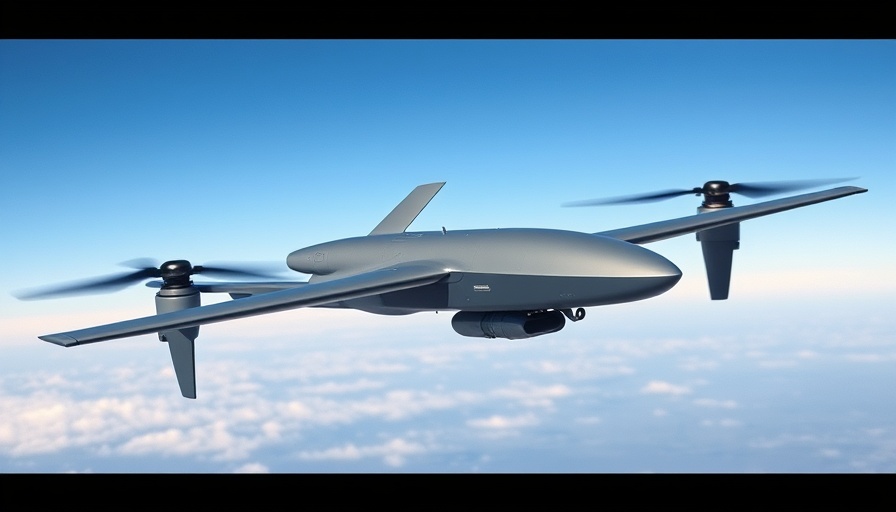
Rising Popularity of Multifamily Developments
Multifamily construction is rapidly gaining momentum across the United States, with a remarkable 18% increase over the last two years, contributing to $354 billion in revenue, according to BigRentz. This upward trend isn't merely a statistic; it reflects a fundamental shift in the housing landscape that is reshaping communities and influences investment decisions in the construction sector.
Key Advantages for Builders
One of the primary advantages of multifamily developments for builders is cost efficiency. Unlike traditional single-family homes that often involve extensive customization, multifamily structures enable builders to streamline construction processes. The reduced complexity results in lower construction costs, appealing to budget-conscious developers keen on maximizing their ROI. Furthermore, the wide market appeal of multifamily units makes them a lucrative investment option, attracting a diverse range of renters and buyers.
Enhancing Community Living for Buyers
The benefits extend beyond profitability; multifamily housing developments are pivotal in reshaping communities. As urban areas evolve, developers are focused on creating integrated living environments where residential, work, and leisure spaces coexist, effectively blurring conventional boundaries. These mixed-use neighborhoods not only encourage social interaction but also enrich the urban experience through proximity to amenities like cafés, gyms, retail outlets, and coworking spaces.
Fostering Connectivity and Sustainability
The design of modern multifamily homes emphasizes connectivity, with easy access to public transport, healthcare facilities, and other essential services. Features like pedestrian-friendly pathways, bike-sharing stations, and green parks are integral to these developments, promoting a healthier lifestyle for residents. This thoughtful approach not only enhances quality of life but aligns with broader sustainability goals, addressing community needs while minimizing environmental impact.
Appealing to a New Generation of Buyers
Millennials, currently the largest demographic of homebuyers, increasingly prefer multifamily homes over traditional single-family options. This preference hinges on affordability, stability, and low-maintenance living characteristics associated with these properties. With homeowners’ associations (HOAs) often managing upkeep, residents can enjoy a hassle-free lifestyle while potentially accruing rental income from multifamily units as their needs evolve.
Strategic Opportunities for Developers
Now more than ever, builders and developers can leverage this demographic shift and the increasing demand for integrated living spaces. Multifamily developments are poised to play a critical role in meeting modern housing needs; builders must adapt to these trends to stay competitive and relevant in the marketplace.
As the future of housing unfolds in the U.S., multifamily developments represent a strategic opportunity for construction firms. By prioritizing community-oriented designs and cost-effective strategies, developers can cater to the evolving preferences of potential residents, ultimately shaping vibrant and sustainable communities.
If you’re ready to embrace the potential of multifamily construction, it’s crucial to plan judiciously and remain informed of industry trends and innovations. To explore how to best position your projects, connect with construction finance experts who can guide your strategic decisions.
 Add Row
Add Row  Add
Add 




Write A Comment